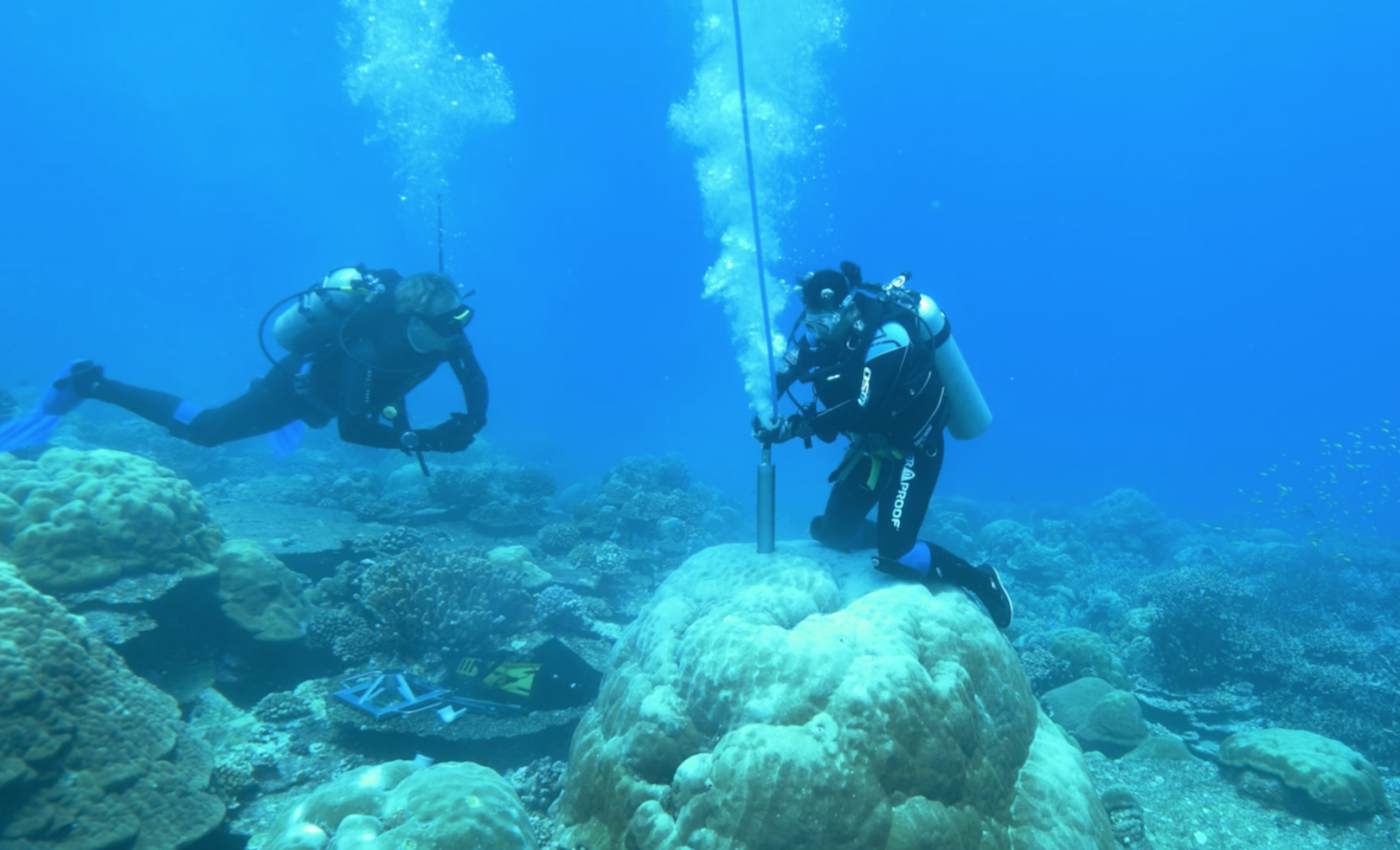
Coral cores reveal how El Niño events have changed in recent decades
Scientists at the University of New South Wales have managed to produce a 400-year record of El Niño events using cores drilled from coral. Many experts did not even believe it was possible to obtain such a record, which shows how the nature of El Niño events has changed in recent decades.
A better understanding of El Niño events is critical for helping to prepare for the extreme weather that they produce across the globe. The effects of these events are particularly pronounced in Australia, South East Asia, and America, where precipitation and temperatures are intensified.
By analyzing the 400-year record, the experts detected changes in the types of El Niños, with an increase in Central Pacific El Niño activity in the late 20th century. The researchers also predicted upcoming changes in the strength of El Niños that emerge in the Eastern Pacific.
“We are seeing more El Niños forming in the central Pacific Ocean in recent decades, which is unusual across the past 400 years,” said study lead author Dr. Mandy Freund. “There are even some early hints that the much stronger Eastern Pacific El Niños, like those that occurred in 1997/98 and 2015/16 may be growing in intensity.”
The team accessed information in coral cores collected from across the Pacific Ocean. Like tree rings, coral cores have growth patterns that date back over centuries, and contain isotopes that reveal many clues about the past climate. This is the first time that coral cores have been used to detect the different types of El Niño events.
“By understanding the past, we are better equipped to understand the future, especially in the context of climate change,” said Dr. Freund.
“Prior to this research, we did not know how frequently different types of El Niño occurred in past centuries. Now we do,” said study co-author Dr. Ben Henley.
The researchers identified an unprecedented increase in the number of El Niños forming in the Central Pacific over the past 30 years. At the same time, the stronger Eastern Pacific El Niños were the most intense among those examined in the 400-year long coral record.
“The El Niño phenomenon is one of the most important features of global climate, and changes to its behavior have very serious implications for weather patterns and extreme events around the world,” said Dr. Henley. “This gives us an opportunity to more accurately explore how global warming may change El Niños and what this means for future weather and climate extremes.”
“Having a better understanding of how different types of El Niños have affected us in the past and present, will mean we are more able to model, predict and plan for future El Niños and their wide-ranging impacts,” said Dr. Freund.
The study is published in the journal Nature Geoscience.
—
By Chrissy Sexton, Earth.com Staff Writer
Paid for by Earth.com
Image Credit: Jason Turl












